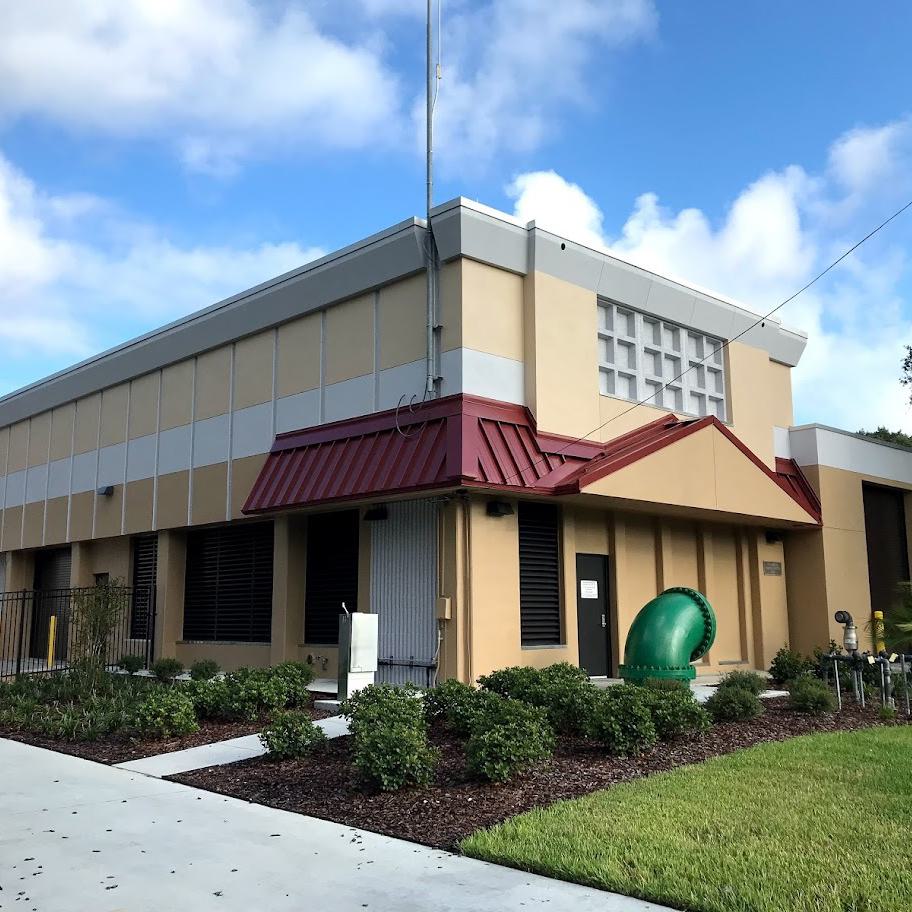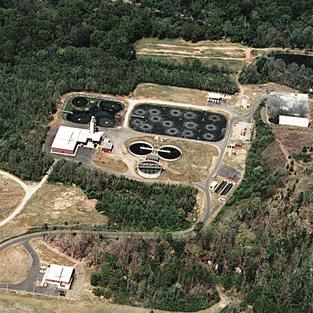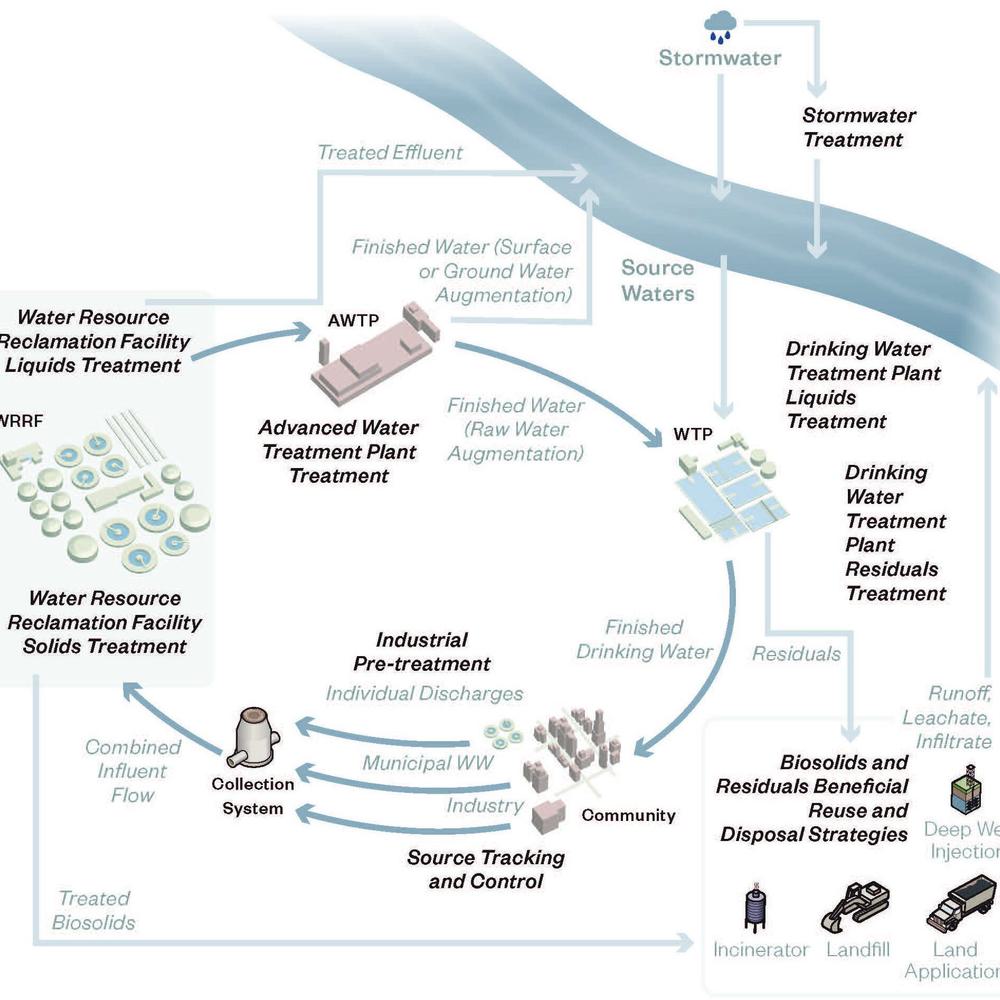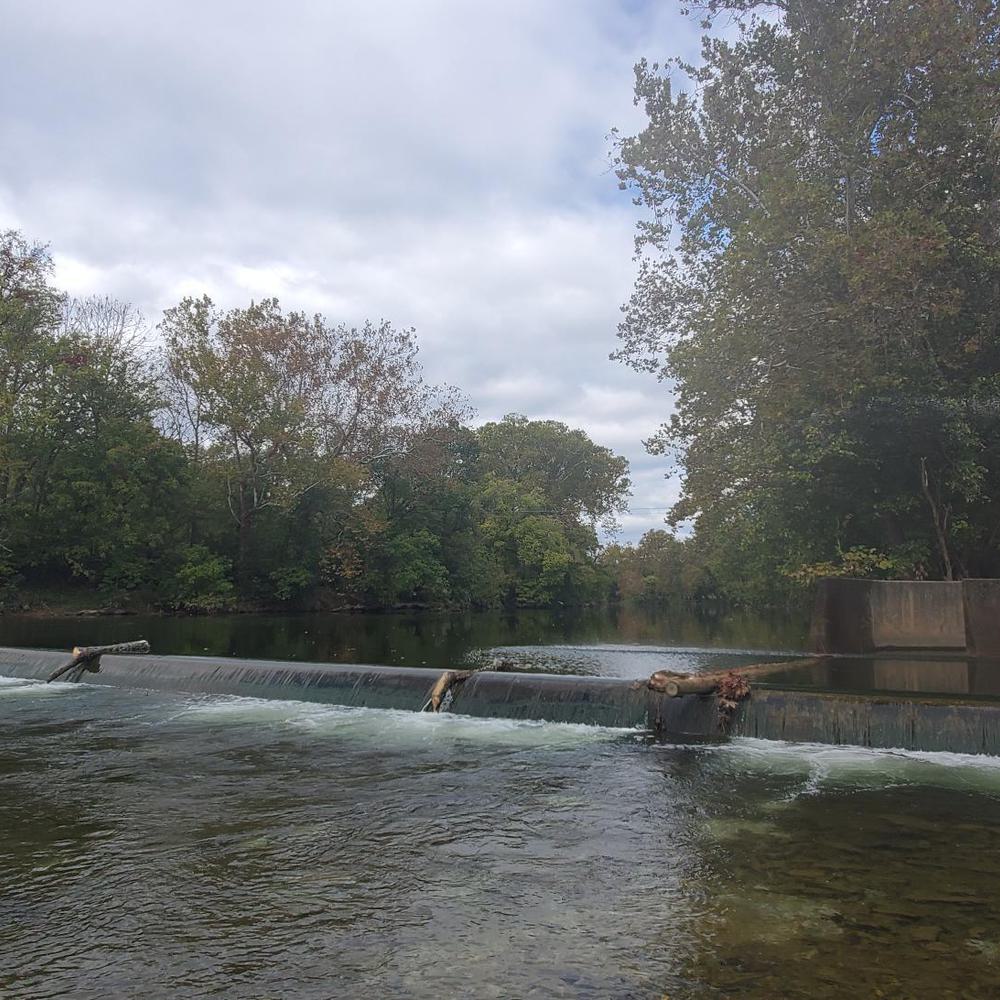Collaborative Modeling in South Saskatchewan River Basin, Canada
Over multiple river basin projects, ultimately leading to a mega-system model, Hazen staff developed collaborative modeling for integrated water resources management across southern Alberta. The innovative work included development of forecast-based flood control operations, optimization of hydropower revenue including ancillary services, and development of non-stationary hydrology based on climate forecasts of sea surface temperature anomalies.
The projects were instrumental in the new agreement between the Government of Alberta and the power utility to utilize existing hydropower storage to mitigate future flooding along the Bow River in Calgary and other nearby areas. This work encompassed three river basins individually – Bow River, Oldman River, and Red Deer River – in addition to the broader South Saskatchewan River Basin.
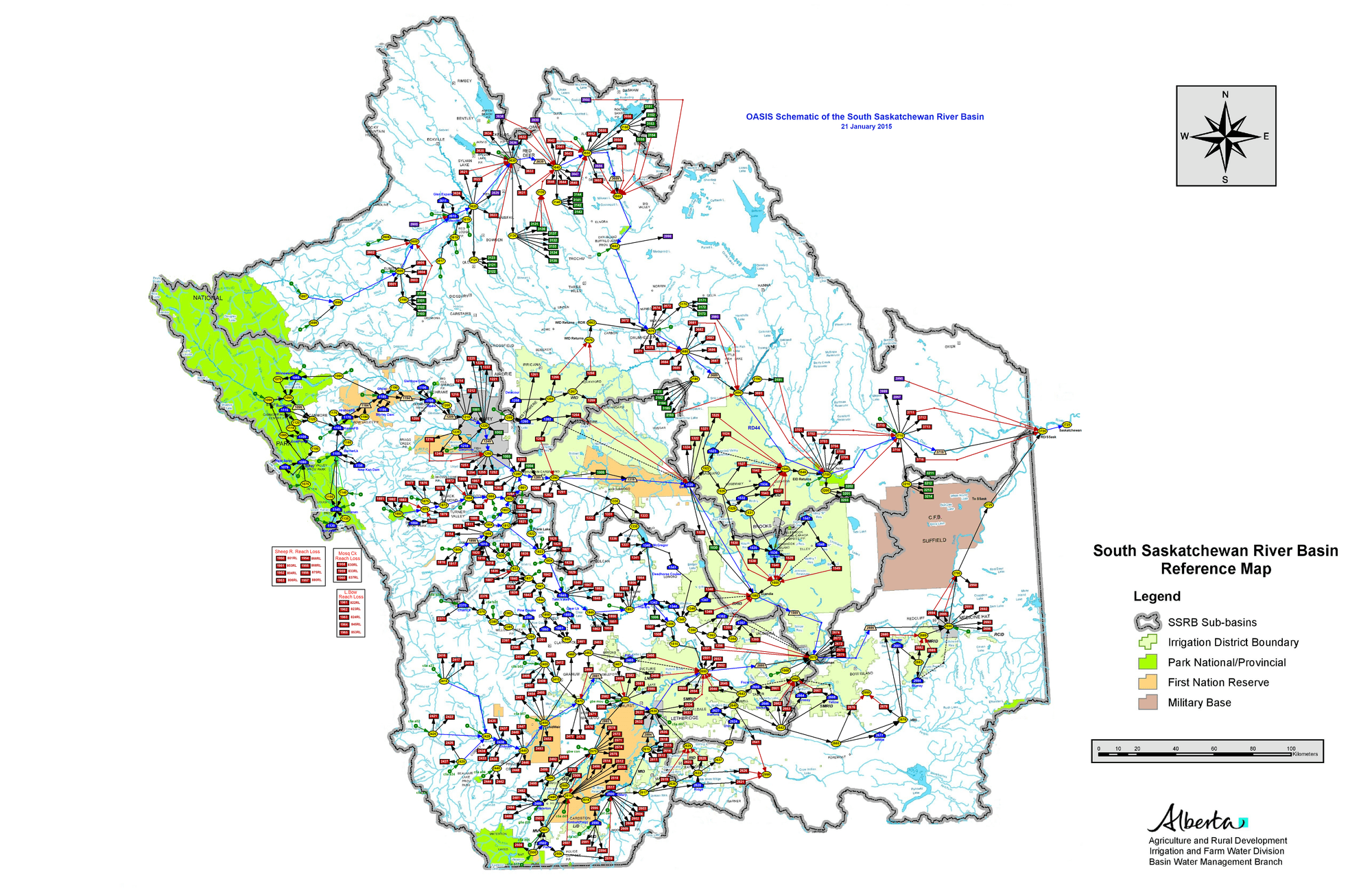
Bow River
Hazen staff and WaterSmart conducted a 5-month long Computer Aided Negotiation (CAN) process to help stakeholders reach consensus on basin-wide management options. As a closed basin with a rapidly expanding metropolitan area, participants were very interested in what potential there was to improve the system’s performance according to self-designed performance metrics.
Twenty-five stakeholder groups were involved, representing government, environmental non-governmental organizations (NGOs), large and small municipalities, and irrigation districts. Working together, the stakeholders developed a new set of operations that they unanimously supported, and began ongoing discussions with the Government of Alberta to determine how to implement them.
The group suggested that a large volume of storage, “rented” by the government and jointly operated by regional stakeholders, could effectively improve all interests in the basin: environmental, recreational, agricultural, and even municipal.
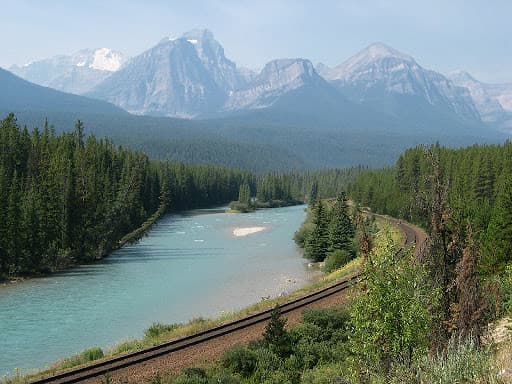
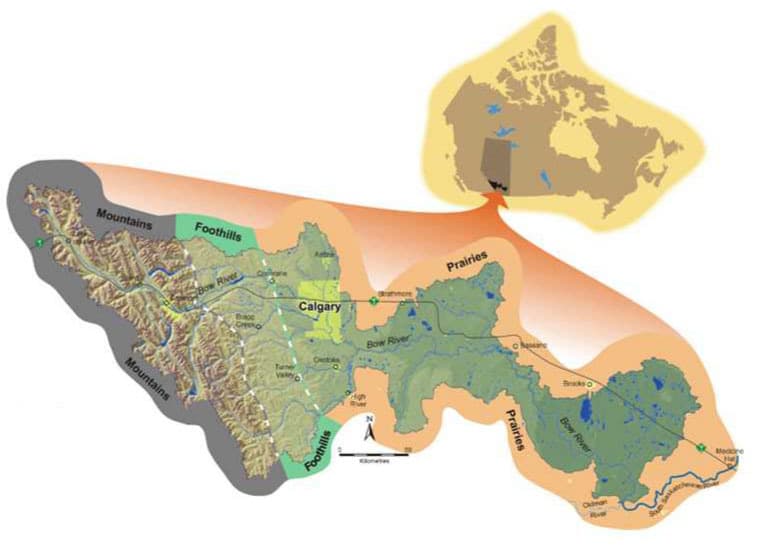
Red Deer River and Oldman River
Following the conclusion of the Bow River Operational Model (BROM) project, other basins in the region showed interest in undergoing similar processes to explore adaptation options in the face of climate variability. The Red Deer River Basin and the Oldman River Basin underwent independent modeling and collaborative efforts that explored both infrastructure and operational strategies. These stakeholder groups underwent the same process as described in the Bow River Basin modeling.
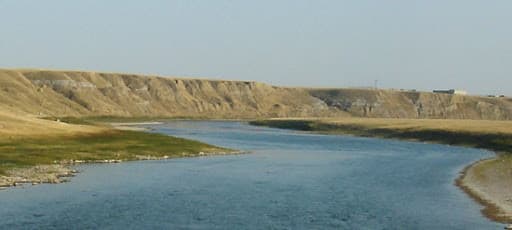
Combined South Saskatchewan River Basin
By combining the Bow, Oldman, and Red Deer River models, stakeholders from all three basins were able to engage in collaborative efforts that explored their prior adaptation suggestions in the context of the broader basin. They were able to look at opportunities crossing basin lines (such as a potential reservoir in one basin showing ancillary benefits in another) as well as explore performance metrics and obligations that are (by necessity) met by all three basins combined.
Project Outcomes and Benefits
- Basin models for the Bow, Red Deer, and Oldman/South Saskatchewan basins were individually developed then merged into one unified model (South Saskatchewan Reservoir Operations Model, or SSROM).
- Using the combined model and stakeholder input, Hazen staff worked with local consultants to develop both sub- and full-basin adaptation roadmaps including options ranging from immediate implementation to major infrastructure adaptations.
- Projects were instrumental in the new agreement between the Government of Alberta and the power utility to utilize existing hydropower storage to mitigate future flooding along the Bow River in Calgary and other nearby areas.
- Developed forecast-based operating rules for flood control and helped to optimize hydropower revenue including ancillary services.






